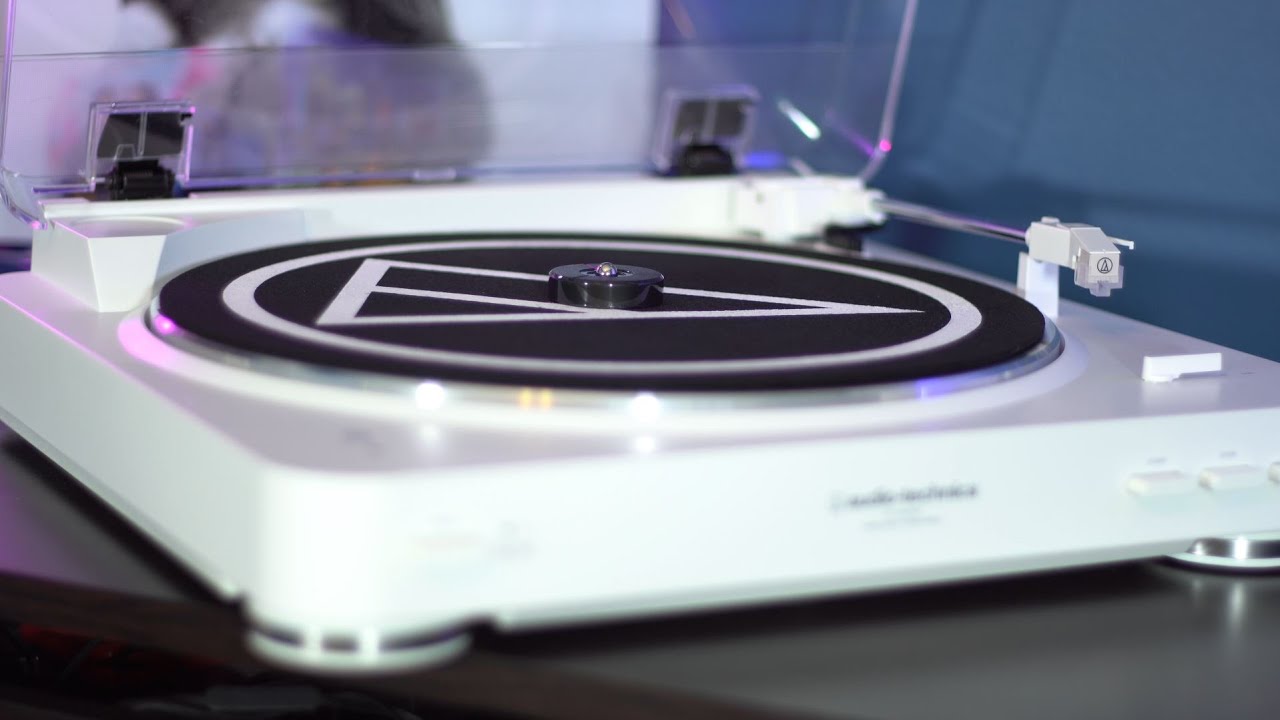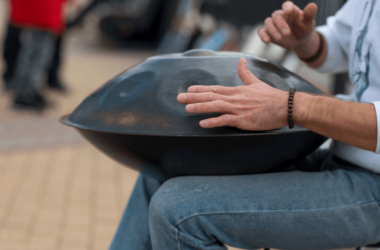A Bluetooth record player can be used to transmit a signal to wireless speakers or headphones. It can also be used to play vinyl records, which are analog signals. Despite the name, a Bluetooth record player doesn’t actually play vinyl, but instead converts the signal into digital form and sends it to a wired speaker. Regardless of the style of the speaker or headphones, a Bluetooth record players can be useful.
A Bluetooth record player can be used in any room of the house to listen to vinyl records. The sound quality is acceptable, but isn’t as good as a traditional record player. While the sound is adequate, it is not up to the standards of a normal record player. In fact, Bluetooth sound quality is not as good, and you’ll probably find it difficult to get accustomed to the quality of the music. The best way to improve sound is to move the player closer to the speaker.
Another advantage of a Bluetooth record player is its flexibility. Unlike a traditional record player, a Bluetooth record player can be connected to a wireless speaker via a wireless connection. Consequently, the Bluetooth record player is compatible with a variety of other Bluetooth devices, including AirPods. This type of music player can connect with virtually any device that supports Bluetooth, allowing you to listen to your vinyl collection without the hassle of audio cables.
The Bluetooth record player’s sound quality is good, but not as good as a normal one. A normal record player has a much better sound. This can be frustrating for regular users, but it’s possible to get better sound quality by removing obstructions and moving the unit closer to the receiver. In addition to a better sound, a Bluetooth record player is easier to use than a conventional one.
A Bluetooth record player allows you to connect the device to the player. A Bluetooth record player is the best choice for those who are constantly on the go and want to avoid the hassle of cables. It lets you listen to your music wirelessly without any hassles. Its simplicity is another major benefit, as the Bluetooth record player can connect to most other Bluetooth devices. If the device can connect to a Bluetooth player, it’s worth considering.
The Bluetooth record player is a wireless way to listen to vinyl records. While the sound quality of a Bluetooth record player is acceptable, it’s not as good as a traditional one. The only downside to this technology is the digital component. This is a significant disadvantage. Despite the fact that it’s wireless, the quality of audio can be poor. The sound quality of a Bluetooth record player is lower than the quality of a conventional one.
How does a phonograph work?

If you’re curious about the history of phonographs, it’s best to start with the basics. A gramophone uses a needle to record sounds. The voice vibrates the diaphragm, which pushes the needle back and forth, cutting a groove in the metal foil wrapped around the cylinder. A clockwork motor slowly turns the cylinder, and the sound is channeled out of the horn.
The earliest phonographs used tinfoil to record sound. Sound vibrations were engraved mechanically on the tinfoil, which reproduced the sound waves on the diaphragm. While Bell was working on sound recording equipment, Thomas Edison was the first to create a phonograph that could record and play back sounds. After this, the technology became more advanced, and Edison was able to record and play back music and sound.
The earliest phonographs used a hard stylus in the groove of a record. The stylus vibrated in accordance with the ripples in the groove walls, which created the sound. The vibrations were transmitted to the record’s receiver by two transducers. Electromagnetic transduction involved a magnetic field and a coil of wire and magnet, while piezoelectric transduction used an asymmetric crystal that caused charge transfer.
The earliest phonographs made use of tinfoil to record sound. In a cylinder covered in tinfoil, the phonograph’s diaphragm was mechanically engraved with sound vibrations. The groove was then played back by the stylus, which translated these vibrations into sound. It was Thomas Edison, a brilliant inventor who invented the phonograph.
The earliest phonographs worked by recording sound. The stylus translated the groove into vibrations, which were transmitted to the diaphragm. The diaphragm translates the sound into air. The phonograph uses a thin metal membrane to create the sound. The diaphragm vibrates according to the sound recorded. The tone produced by this mechanism is then heard by the listener.
The earliest phonographs were crude but effective. They worked by placing a stylus in the groove of a record. The stylus produced sound waves as it moved. The vibrations were amplified by the chromic acid. The sound waves were interpreted as speech and heard by the listener. The earliest phonographs were made in the 1880s and were based on the principles of electroacoustic recordings.
A phonograph is a device that records sound. It collects sound by means of a diaphragm or horn. The horn funnels sound and makes the needle vibrate. The needle is connected to a stylus, which in turn presses the vinyl into the wax cylinder. The horn and the diaphragm can play different sounds. A phonograph also records speech and music.






